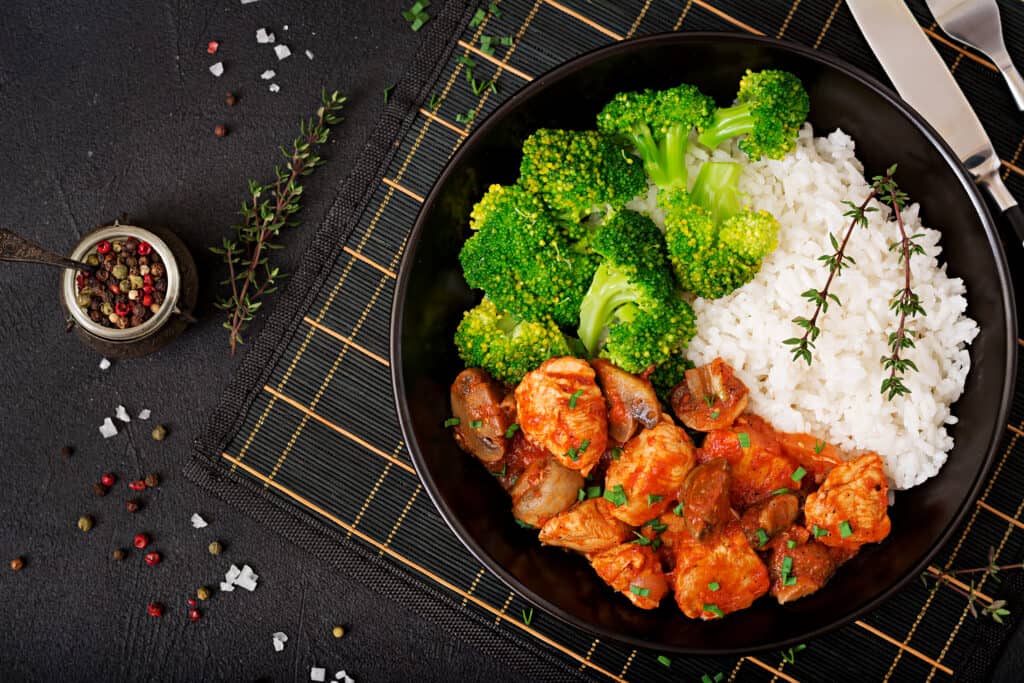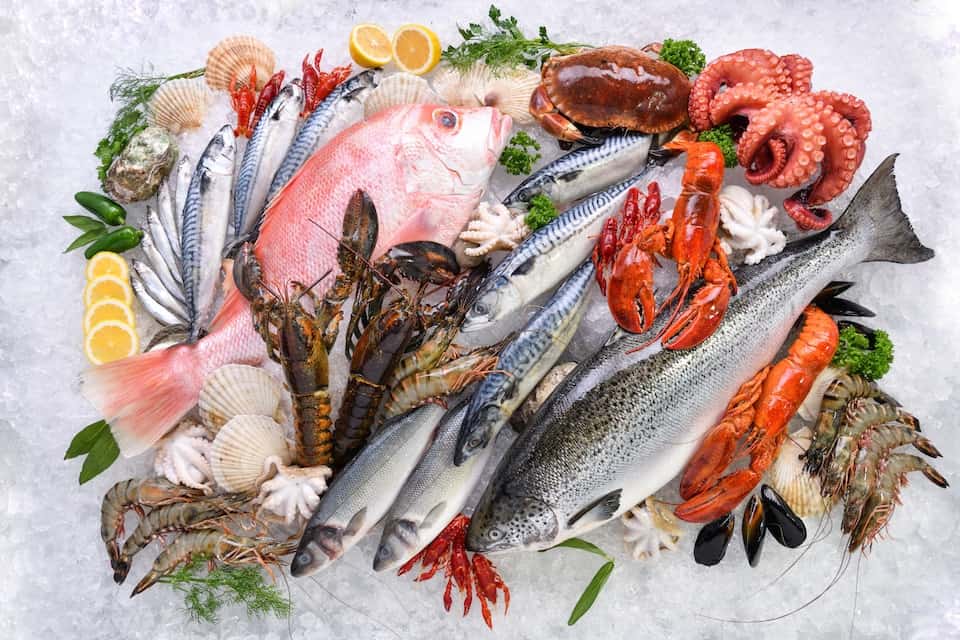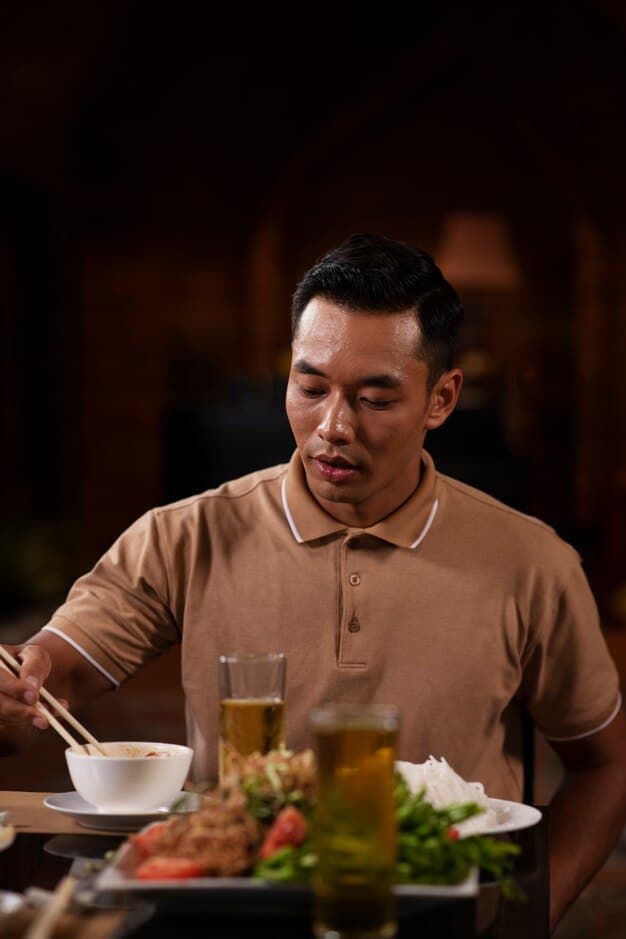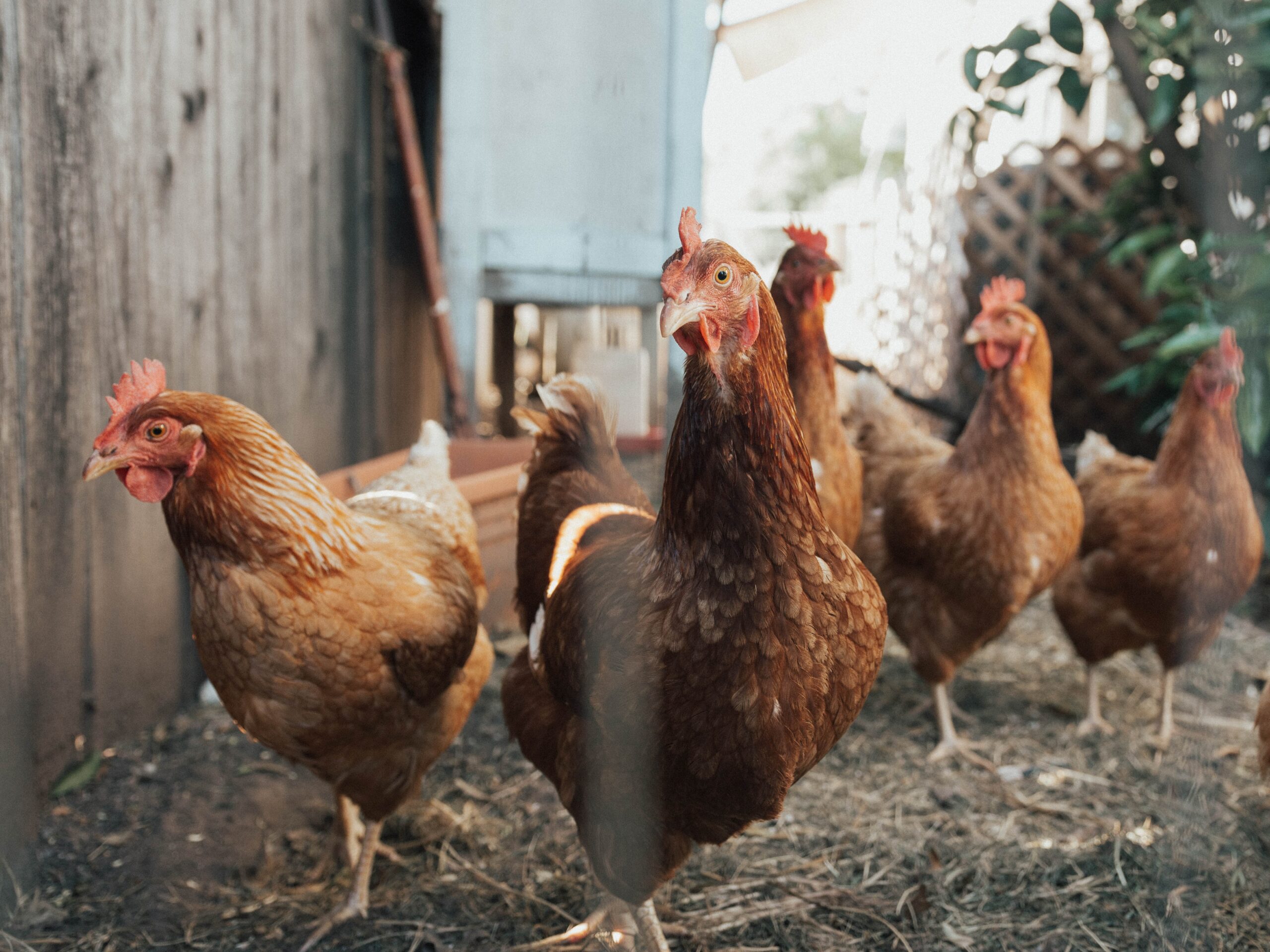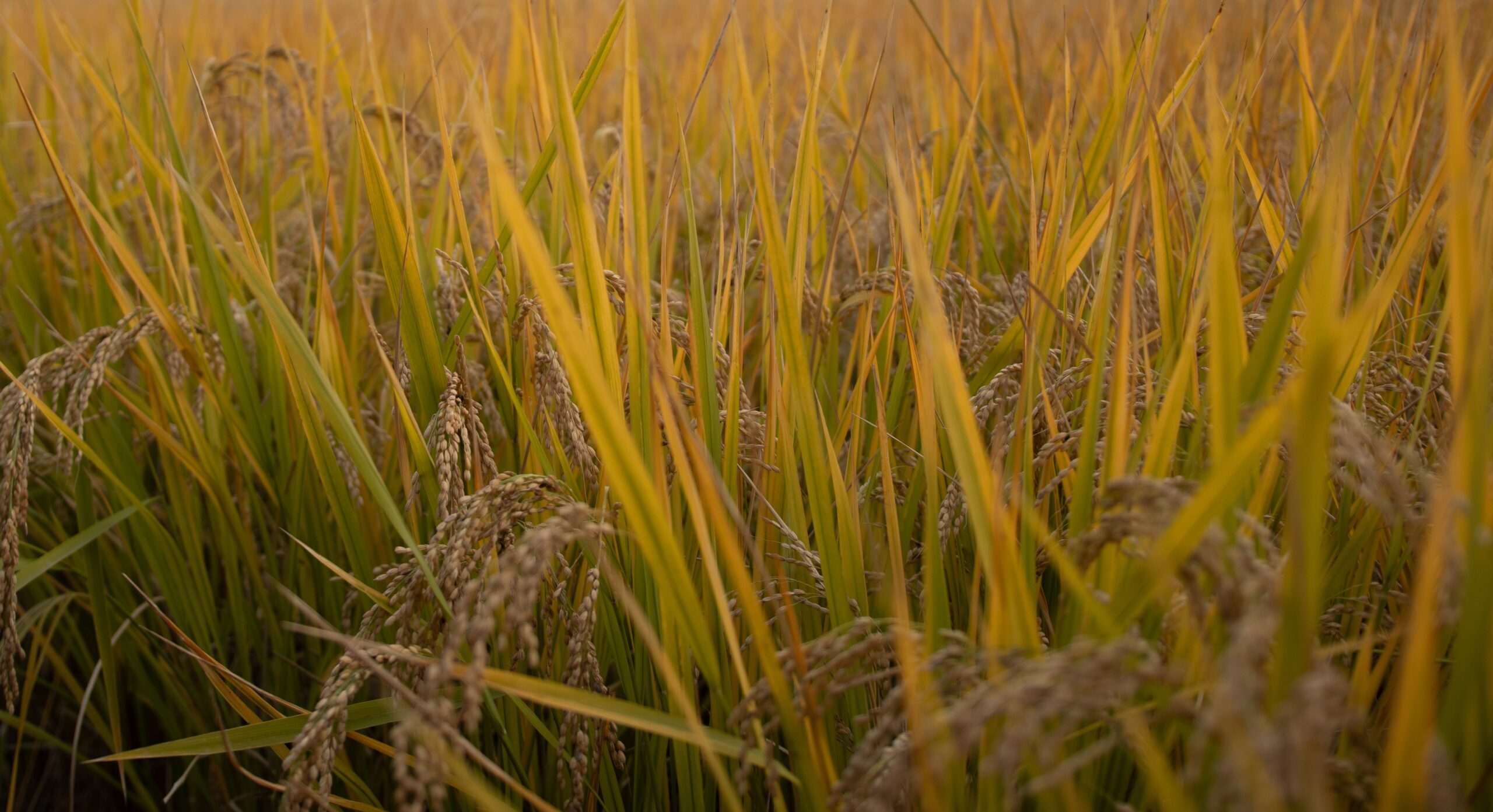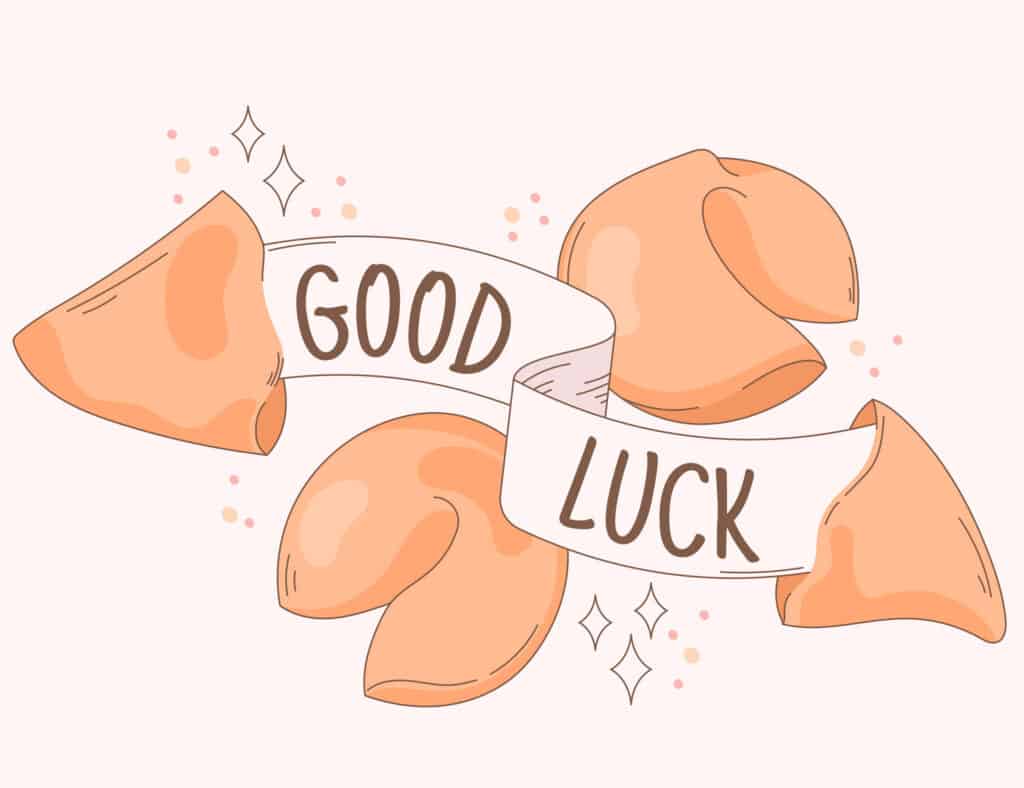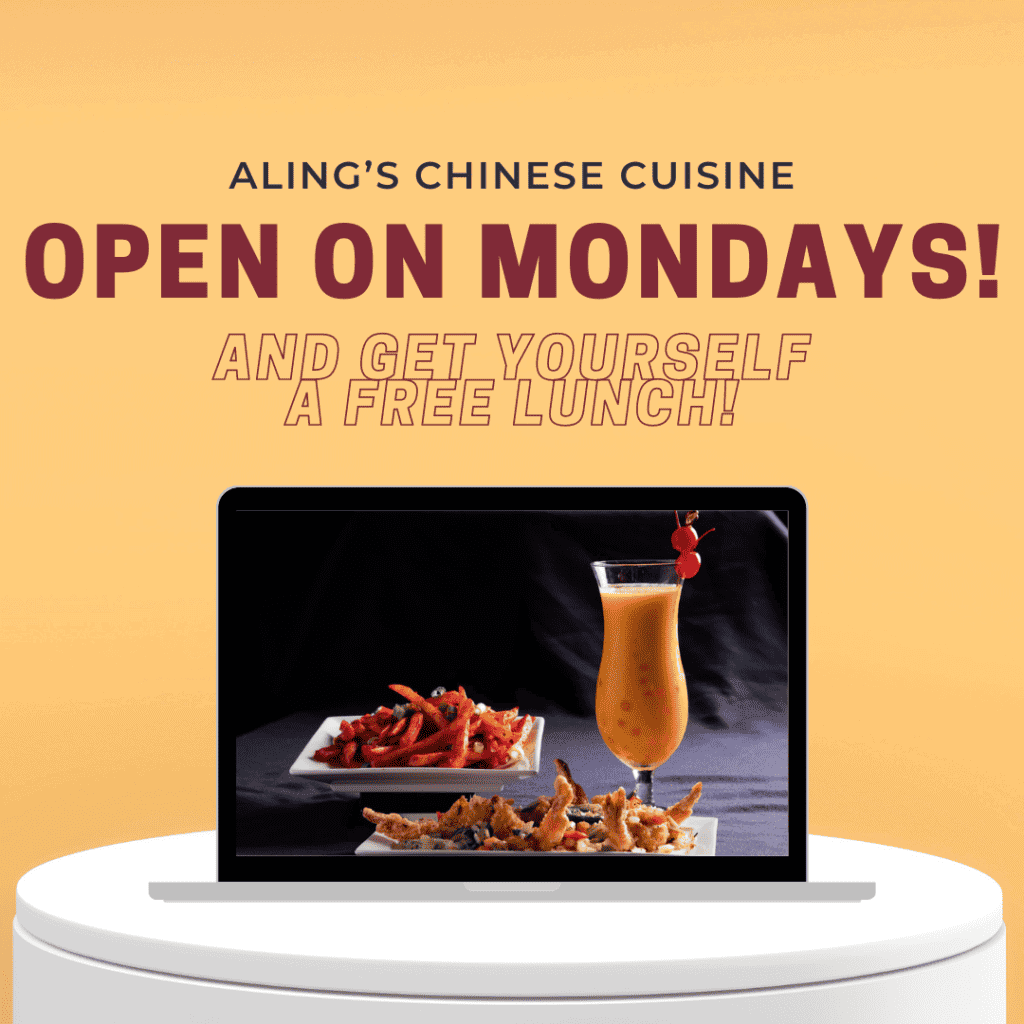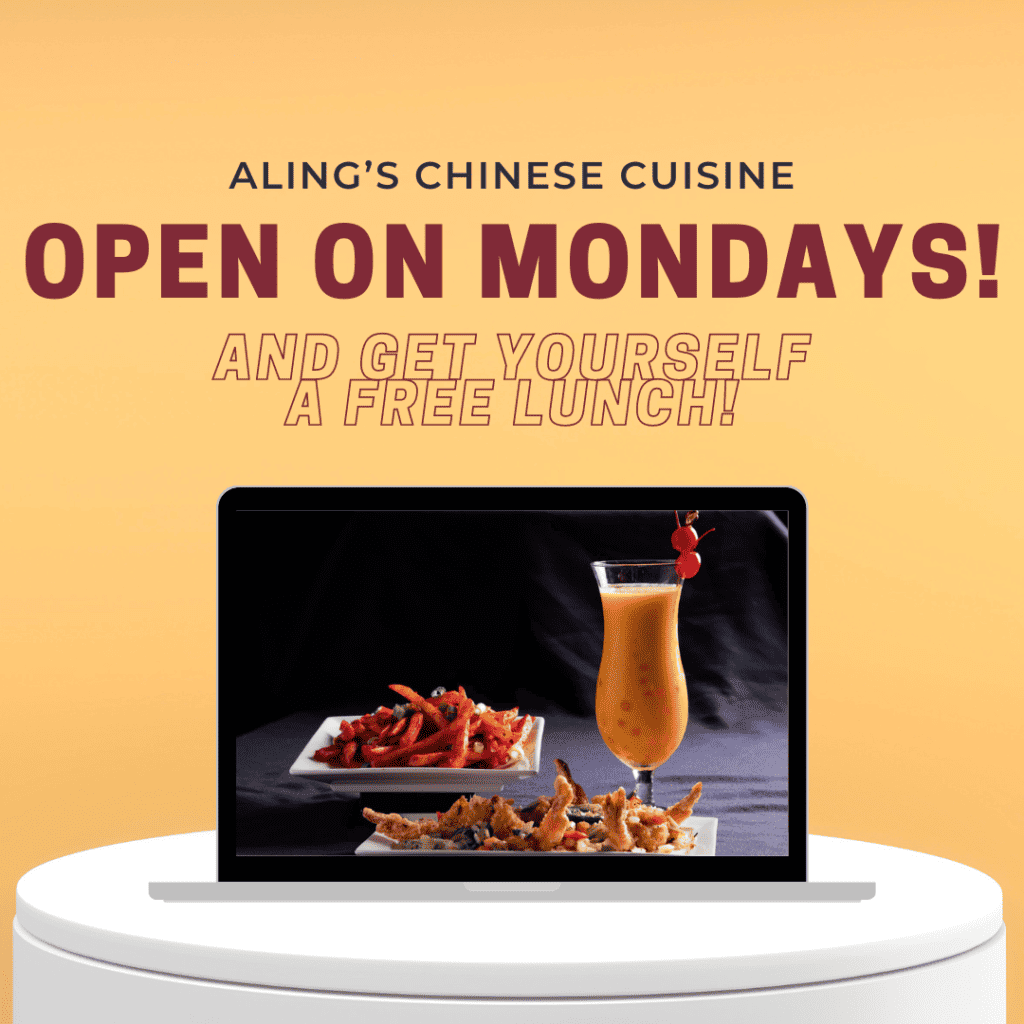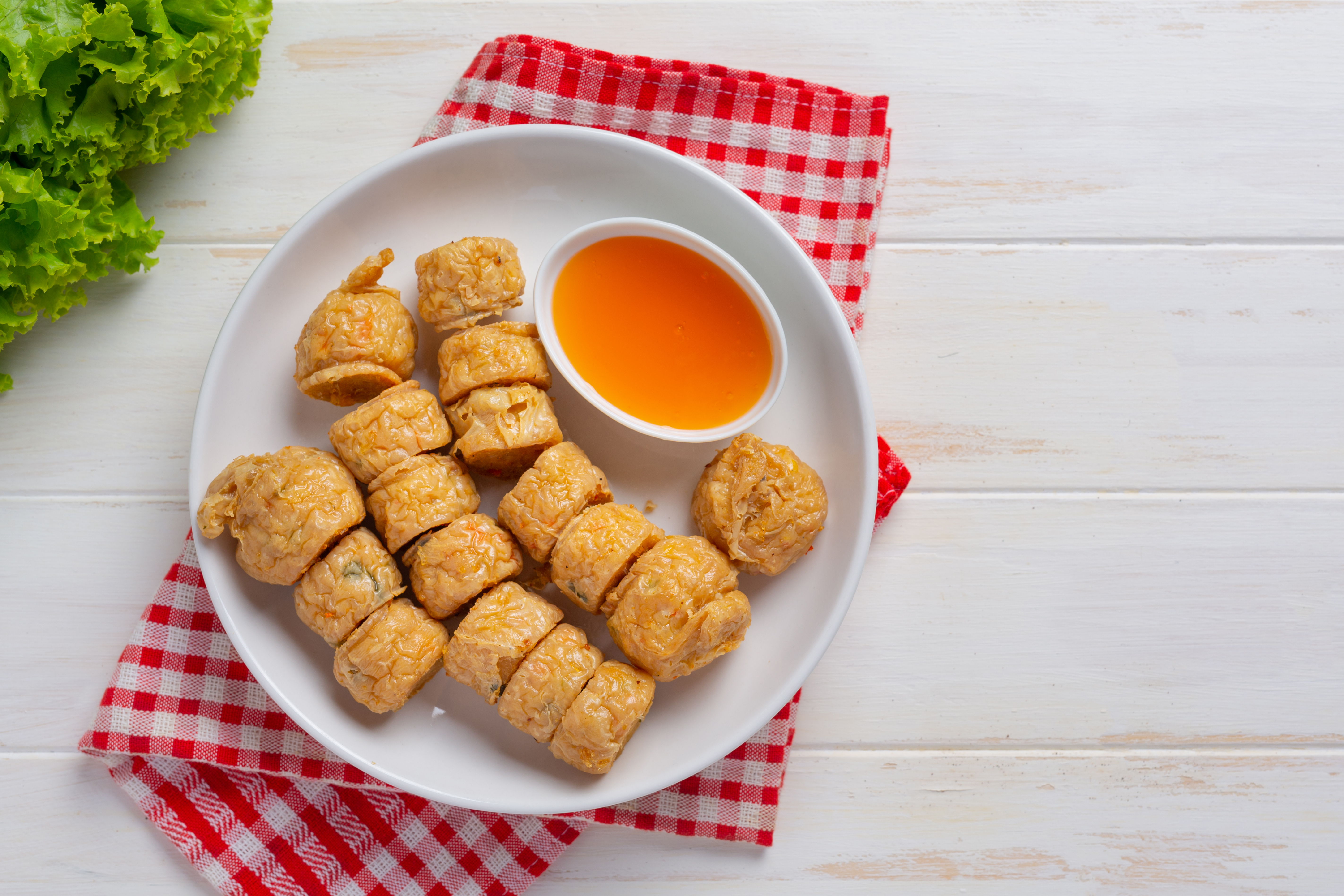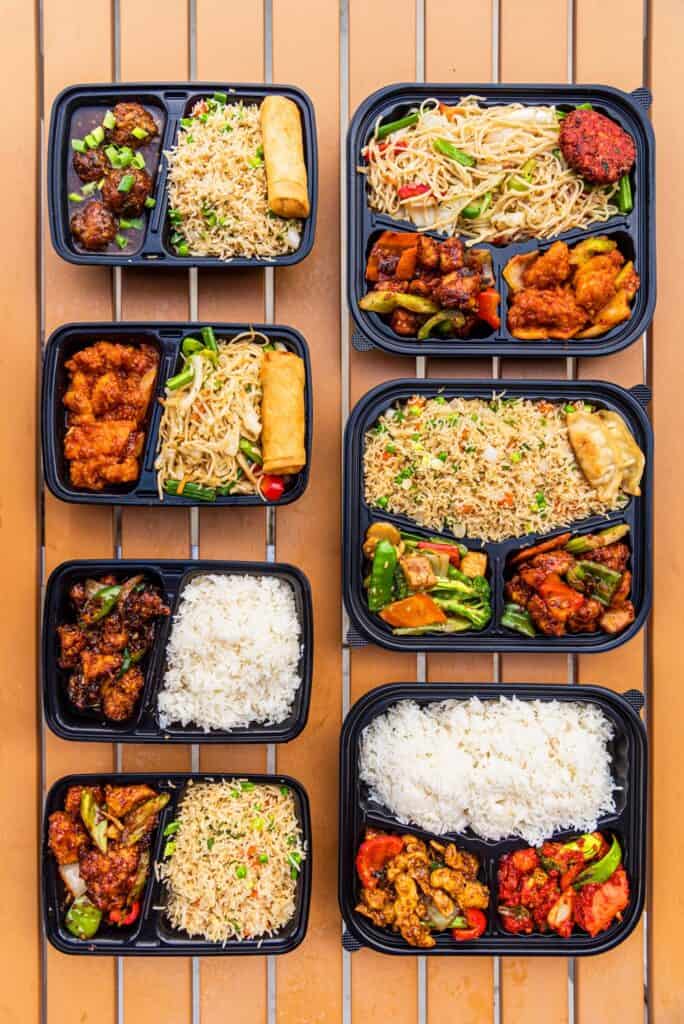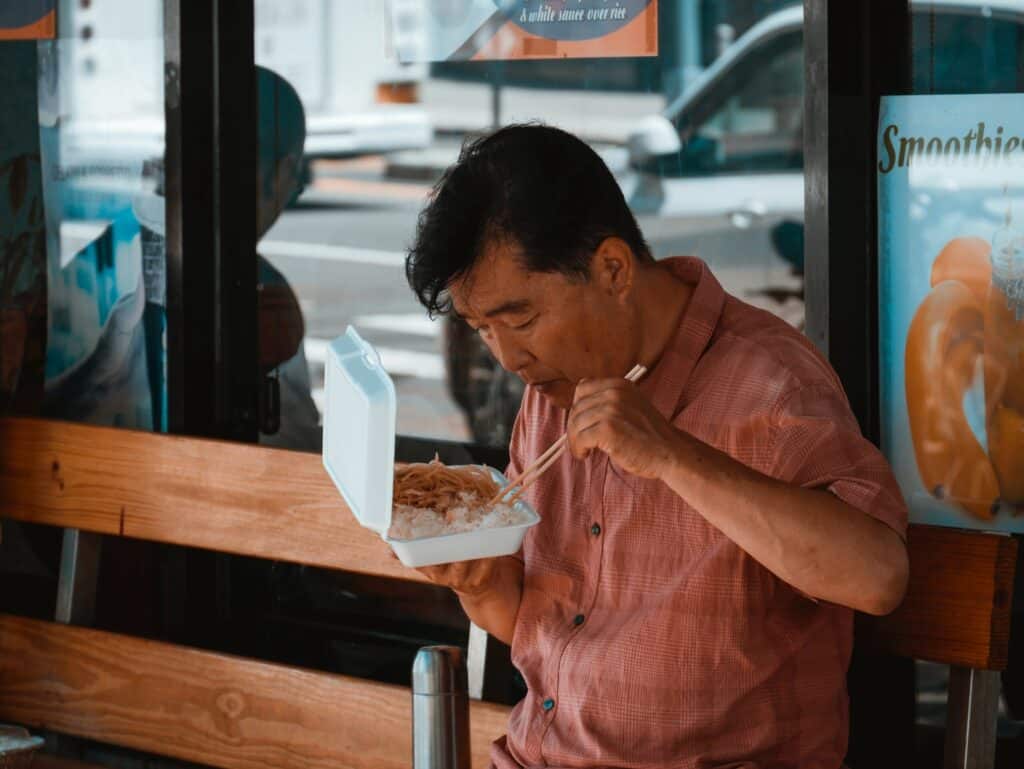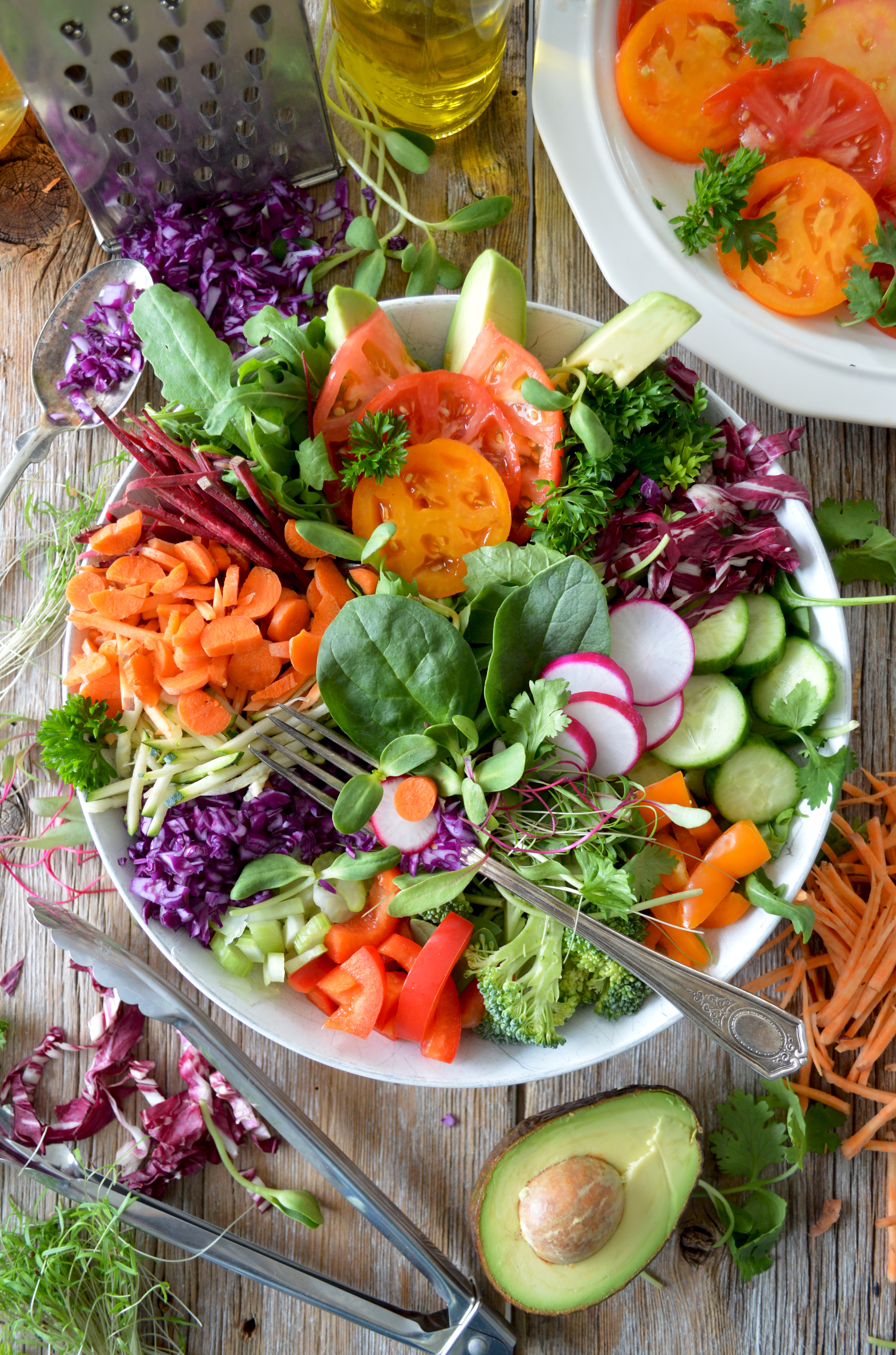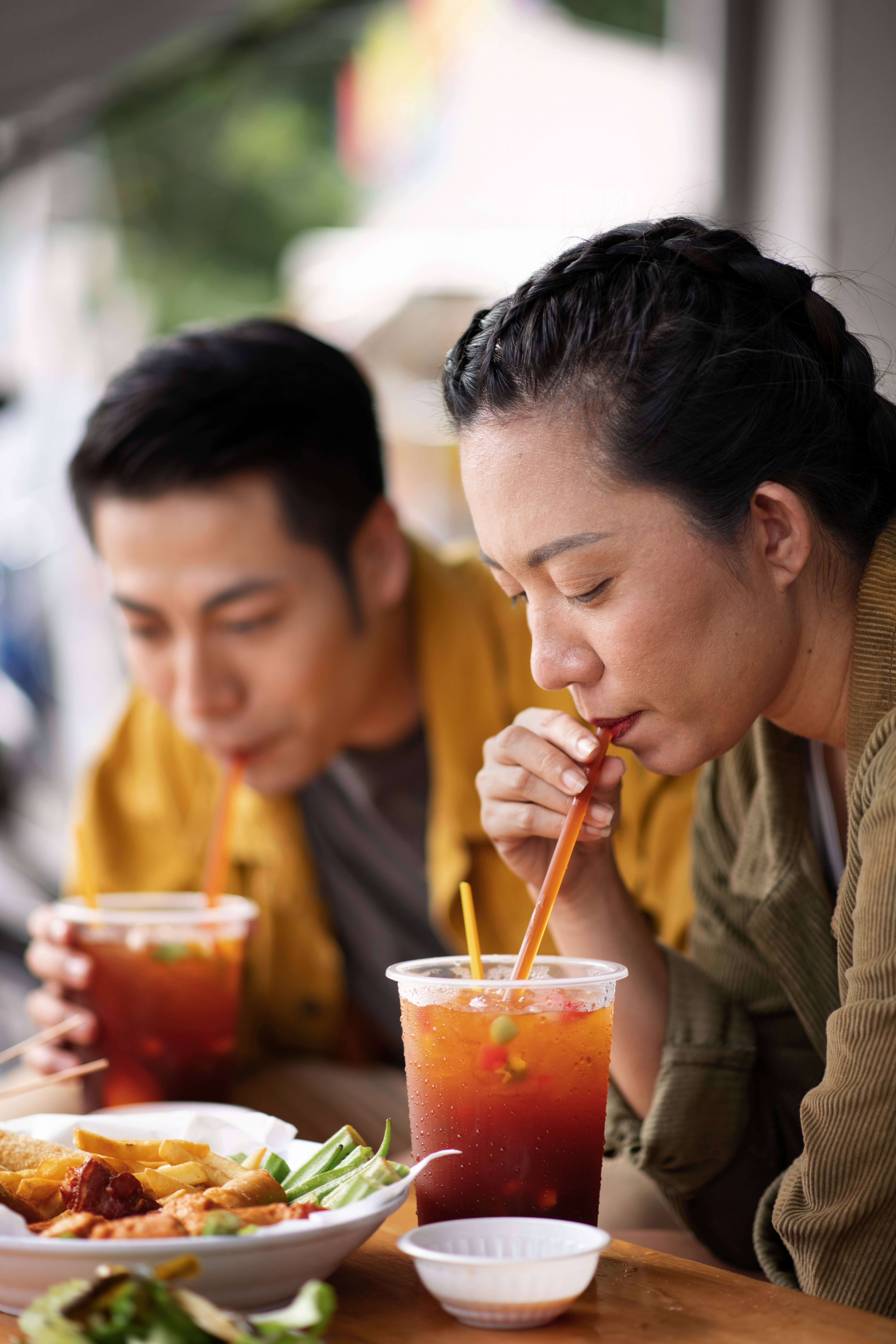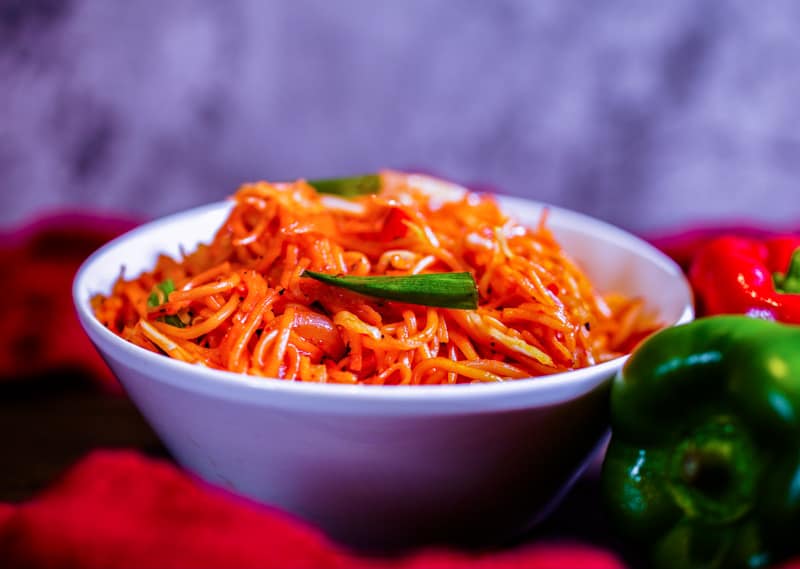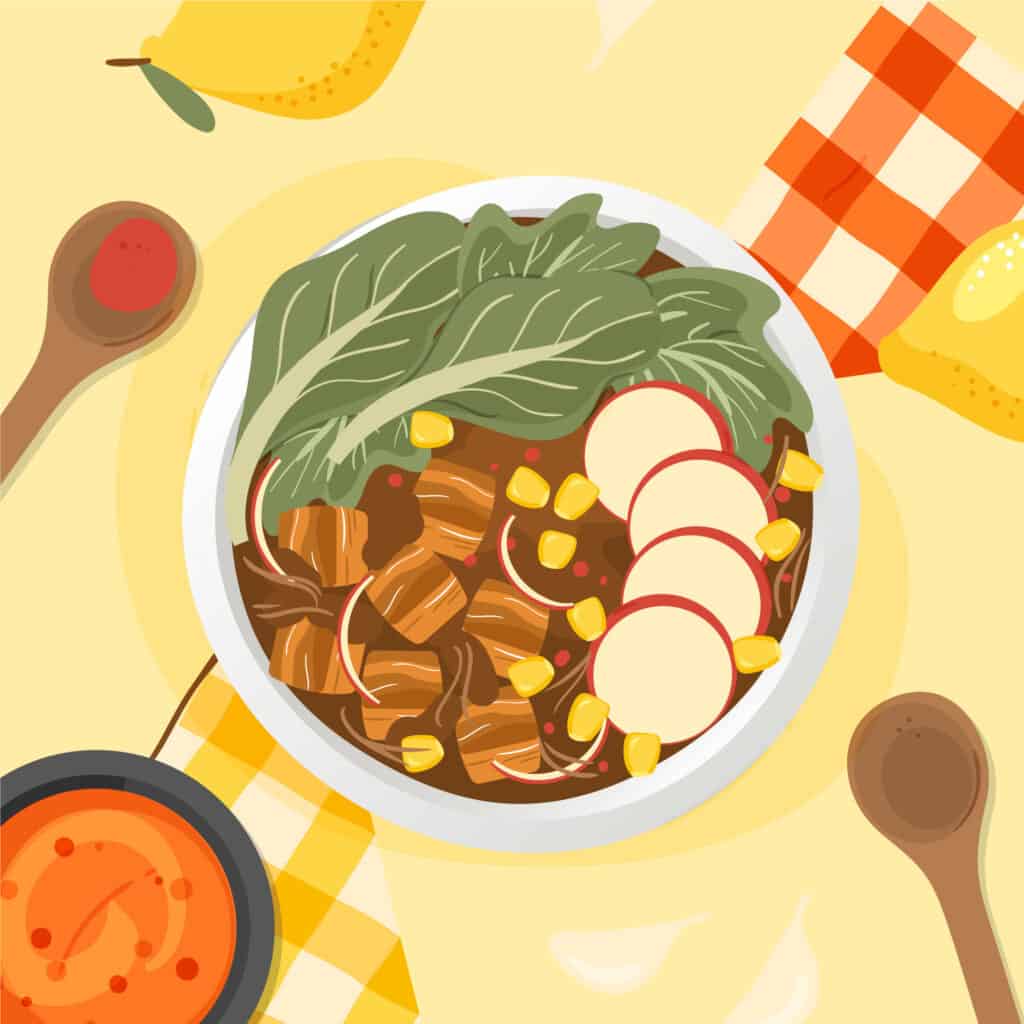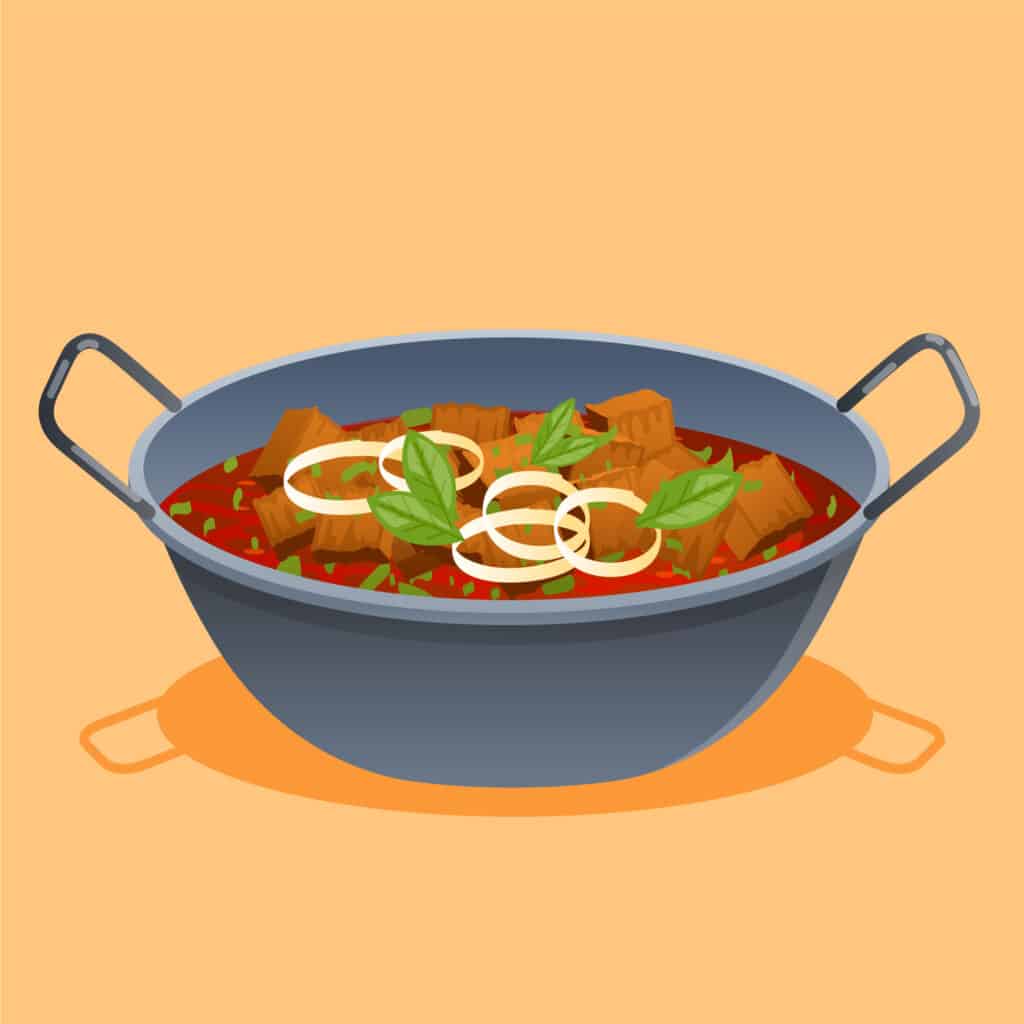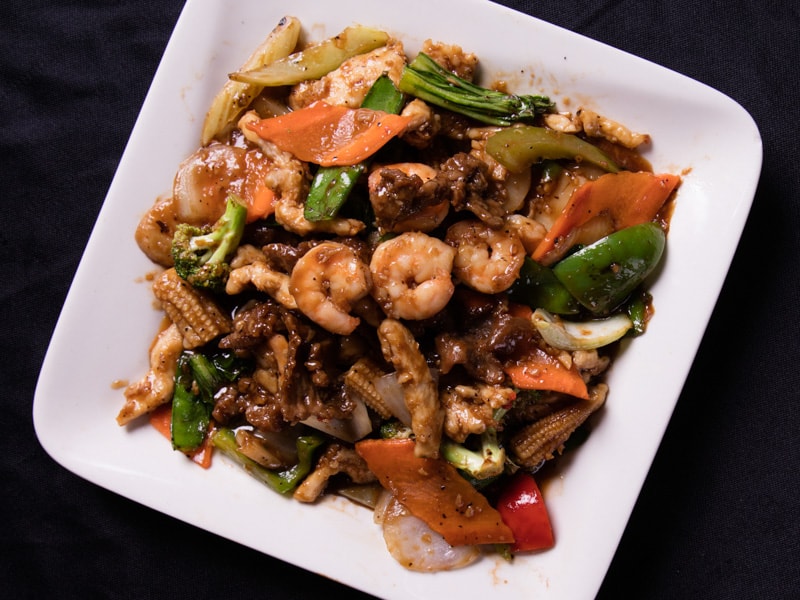Dieting is hard – there’s no doubt about it. Going out to eat and even shopping at your local grocery store can provide a world of temptations you just want to sink your teeth into. You may have to remind yourself that it’s not worth the calories or you’ll save it for your cheat meal.
However, breaking your diet doesn’t have to be bad! You don’t have to devour an entire chocolate cheesecake until you feel satisfied. You can indulge a little with small portions – just don’t do it too often. Many people think Chinese food is bad for you because of all the salt and MSG. The good news is Chinese food for diet is possible if you know what to order and how to control your portions!
Making Good Choices at a Chinese Restaurant
Even though you may find something on the menu that sounds healthy, it may add up to around 1,000 depending on how much they fill up the plate! The first step to making good choices at a restaurant is to choose the right dish – but remember, it’s all about portion control. In America, we eat much bigger portions than in China. Naturally, Chinese restaurants in America will give big plates, too. That doesn’t mean you have to eat it all, though! A good rule of thumb is to eat half of your meal and save the rest for later.
List of Healthy Chinese Food for Diet
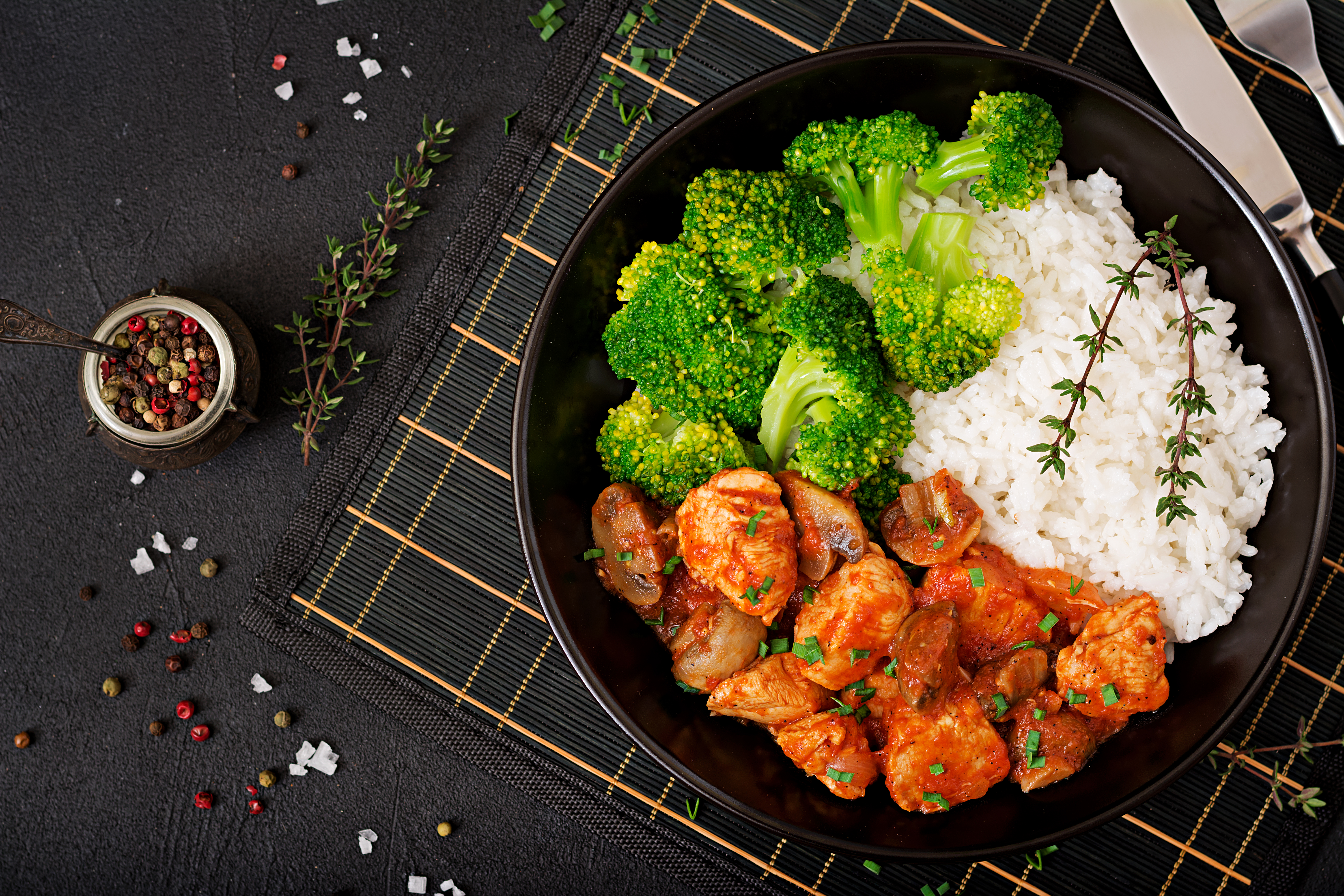
We came up with a list of the healthiest Chinese food dishes to make dieting a little more fun and a little less guilty.
Beef and Broccoli
It can be hard to find a beef dish that is low in calories, but beef and broccoli is full of nutritious broccoli! The dish is still around 900 calories, though. Here are a couple of tips: split the dish with a friend or eat half and take the other half to go. On the upside, you’re getting a nice dose of one of the most nutritious veggies on the planet.
Steamed Vegetable Dumplings
Do you hear that? Steamed – not fried! To many Texans (we’ll admit this about us, too), fried always sounds better. Luckily, steamed dumplings usually have more flavor and authenticity than friend dumplings. One steamed vegetable dumpling contains a lean 40 calories. If your order this as an appetizer and you eat two delicious dumplings before your meal, you’ll only consume 80 calories!
Kung Pao Chicken
Spicy food lovers should be excited this made it on our list! Instead of ordering sweet-and-sour chicken, sesame chicken, or General Tso’s chicken, try kung pao chicken – if you can handle the heat. Plus, this dish comes with an abundance of yummy vegetables to balance out the fried chicken.
Hot and Sour Soup
A cup of hot and sour soup will only set you back about 80 to 100 calories. Don’t be nervous to order it with your meal! Research has found that if you eat a broth-based soup before a meal, you end up eating less food in total. That’s probably because soup tends to be filling – but only for a short while.
Shrimp Entrees
Steamed shrimp is a great way to add lean protein to your diet. You won’t usually find a recurring seafood dish in Chinese restaurants as you see with chicken. For example, orange chicken, sesame chicken, and chicken with garlic sauce are popular dishes throughout American Chinese restaurants. However, kung pao shrimp and shrimp hot garlic sauce aren’t very popular.
It’s up to you to find the healthiest option of the selections on the menu in front of you. To find the tastiest dish without all the guilt, follow the tips below.
Tips for Choosing Healthy Chinese Food for Diet
If you don’t like any of the dishes listed above, we have some tips to help you decide the right dish for you.
Order the sauce on the side
Many people order dressing on the side when they order a salad, but many Chinese restaurants will also accommodate your choices.
Forget fried
Fried food is one of the worse things you can eat. Plus, you are just putting extra carbs in your belly. Most fried Chinese food is already dressed in sauce, so if you order something grilled, you will still experience all the flavors you love in Chinese cuisine.
Look for vegetables
Any dish consisting of steamed vegetables and lean protein with sauce on the side is a great low-calorie option.
Eat something spicy
You may have heard that spicy foods can aid in weight loss, and it’s true! Spicy foods can kick up your metabolism and help you burn those calories.
Devour Diet-worthy Dishes at Aling’s Chinese Cuisine
For expert guidance and assistance in navigating the world of “Chinese Food for Diet,” look no further than Alings Chinese Bistro. Our experienced team understands the importance of maintaining a healthy lifestyle while still savoring delicious Chinese cuisine. We offer a wide range of diet-friendly options, including a flavorful vegetarian menu, lean protein choices, and customizable sauces. Whether you need help with portion control, finding low-calorie options, or simply seeking expert advice, our dedicated staff is here to support you on your journey. Visit us today at +1 281-242-0432 and let us help you enjoy the best of both worlds – a satisfying Chinese meal that aligns with your dietary goals.

